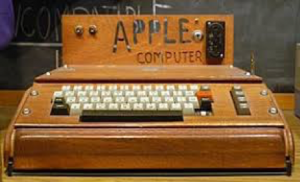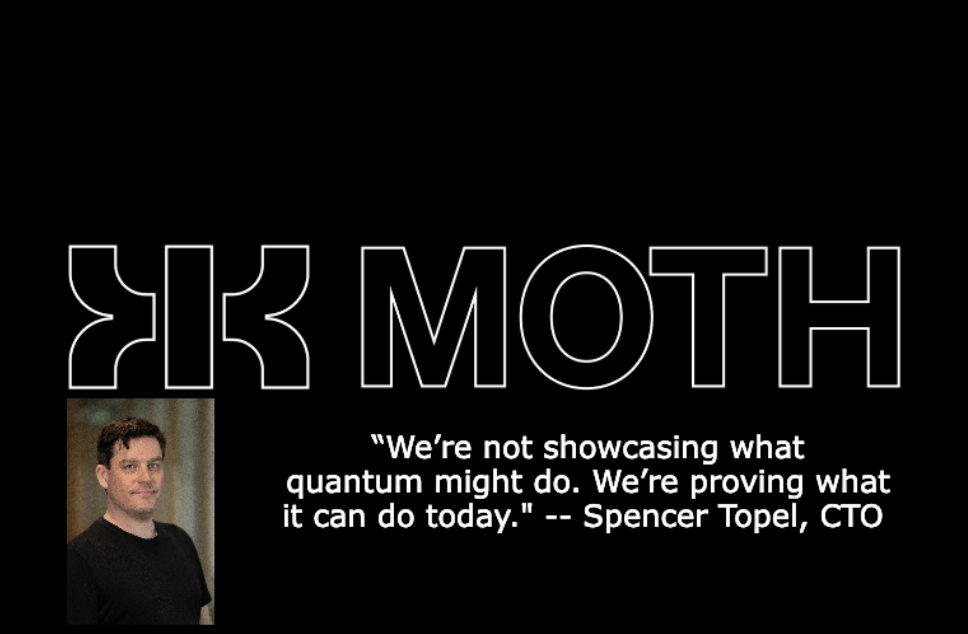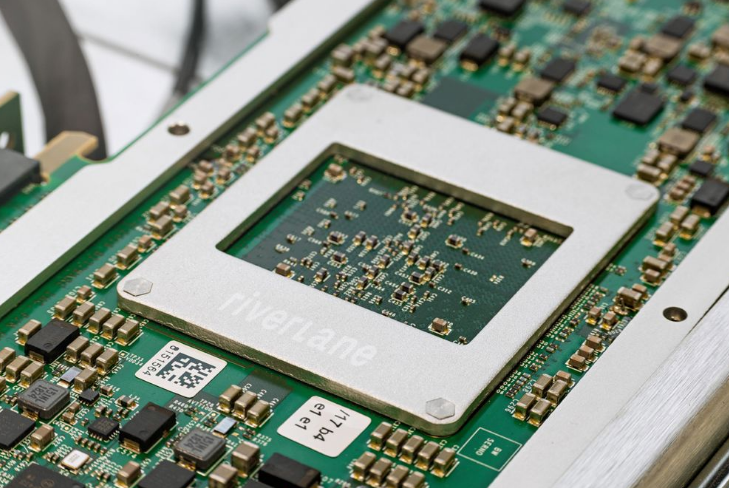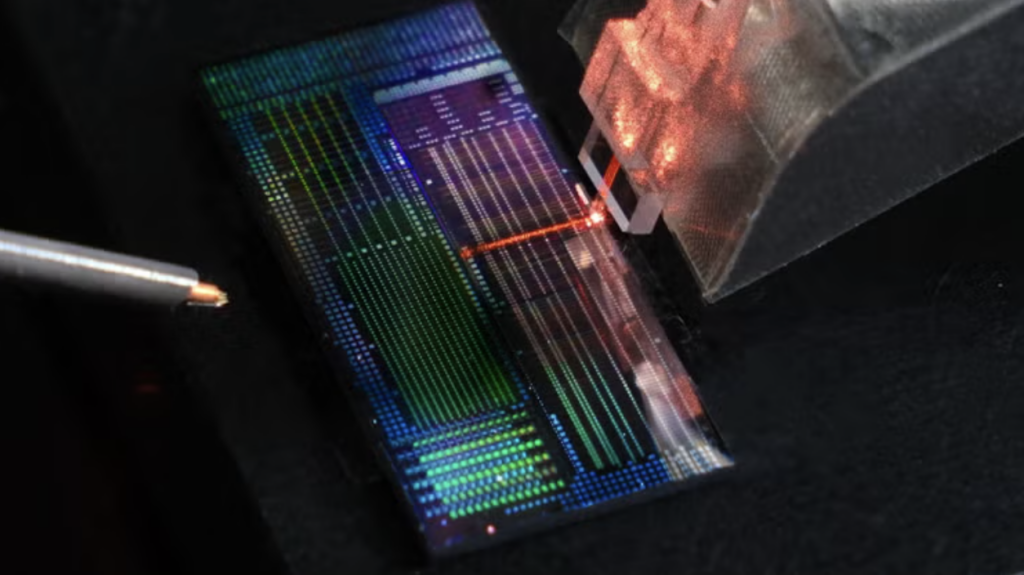Italian Style
The Italians are known for their good food, exquisite fashion sense and a passion for the arts. With a storied pantheon of artists such as Leonardo Da Vinci, Michalengo and Donatello to boast about, it was no surprise the tech giant IBM approached the Italian design company Goppion S.p.A to work on the concept and construction of the case for their IBM Q System One, the world’s first integrated commercial quantum computer, which was unveiled at the Consumer Electronics Show (CES) in Armonk, New York this year.

Goppion S.p.A, headed by CEO Alessandro Goppion, specializes in designing and constructing high-end display cases and museum installations around the world.

Typical of an Italian design firm, the company’s projects are sleek, impeccable works of art, combining utility and good looks in equal measure.
On June 19th, 2019 at a conference and panel discussion held at the Italian embassy in Washington D.C. called ‘Quantum Computing: Progress and Prospects’, and headlined by panelists Bob Wisnieff, Celia Merzbacher, Alexandra Levine, Valentina Harizanov, and Jake Taylor, the dialogue was moved forward as to where quantum computers are right now and how they will develop.
The collaboration plans to build a quantum computer that is ‘both functional and beautiful’. These are the words of IBM Senior Manager Bob Wisnieff. He also went on to say:
‘The challenge is to make it beautiful to show we have begun to enter a new world.’
Wisnieff also concluded IBM is in it for the long haul and is dedicated to developing research in the quantum computing space while trying to build a computer that is viable for commercial purposes.
The IBM-Goppion partnership, which is the first of its kind, is sure to have its critics, not least of all because of the focus it places on the aesthetic considerations of quantum computing rather than how the technology can help industry and the commercial world.
Smooth Lines
The case itself, measuring three metres by three metres, is encased with thick borosilicate glass that creates an airtight, cryogenic enclosure for the computer. Additionally, the case opens easily by implementing a roto-translation, which is a motor-driven rotation around displaced axes. This masterful engineering simplifies upgrade and maintenance issues that can arise. Like any of the classic designs of Jony Ive of Apple fame, the Goppion case is extremely beautiful to look at. The lines are smooth. The metallic colour, striking. The word ‘space-age’ comes to mind, like it was taken from a stage set off of 1978’s TV series Battlestar Galactica.
Criticisms
Impressive as all this is, it still doesn’t align to what’s really important here: namely the functionality of the device over the visual superiority.
To look good is one thing, but to actually get something to possess operational relevance — especially when we are at the infancy of the technology — appears the most important factor at the moment.
Did Konrad Zuse care how his Z1 looked back in 1938? John Mauchly and J. Presper Eckert and the ENIAC almost a decade later?
Probably not.
Functionality, that was key.
Aesthetics didn’t play a part.
Back in the Day
The Apple I looks like a wooden monstrosity, in all fairness. But neither Jobs nor Wozniak cared about that — what they paid attention to was how it performed, and all that was inside the device. It was the transistors and motherboard that mattered.
Always on the cutting edge of innovation
The vitality of a company can be seen in its ability to innovate. From its first project with the Museo degli Strumenti Musicali in Milan in 1956, the company has been focused on innovation. After that first experience, Goppion has never stopped studying ever better solutions for museum installations, allowing it to offer new mechanisms and new functionalities — Taken from Goppion website
With the introduction of the Apple II in 1977, the looks were there because all the functionality and performance-based requirements were already in place.

The Apple I. Source: wikivisually
IBM and Goppion seem to be overstepping the mark, focussing on what, currently anyway, is of little importance to the bigger picture. And that bigger picture — building quantum computers that have a viable place in the world, one where they can help us, is paramount.
So ignoring Italian sensibilities for a second, all the glitz and catwalk style chicanery can and should wait.
Building what matters towards quantum advantage or supremacy should take the centre stage.


















